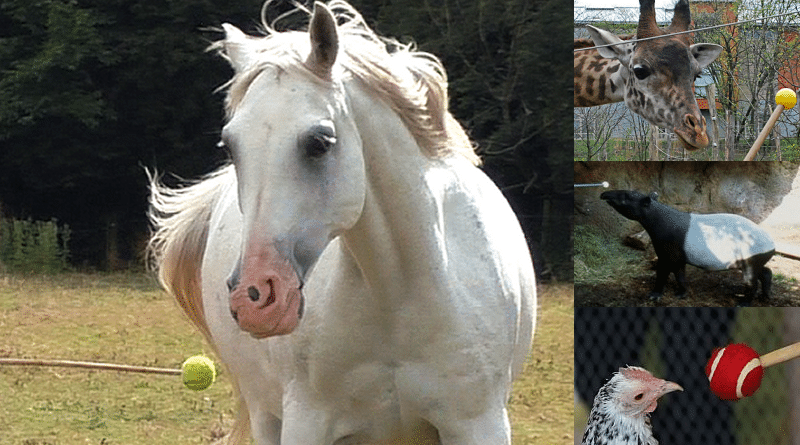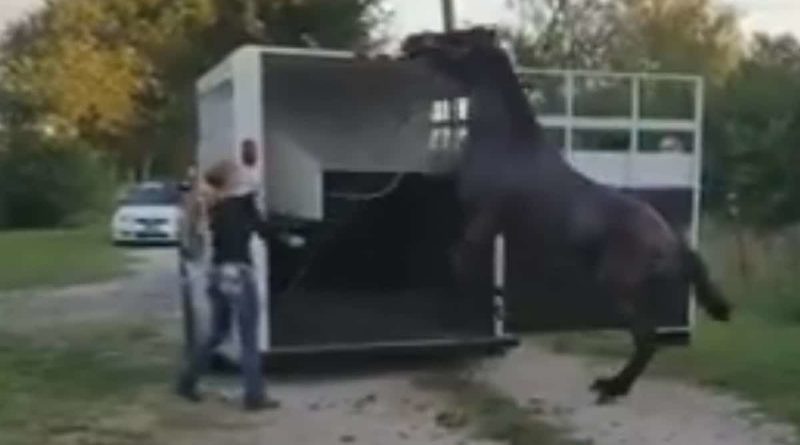A lesson from the dog training world
People often wonder how you can keep a horse cooperative if what you want to do to them is objectively unpleasant. For instance, we can all imagine how a horse can learn to enjoy hacking, even if they refuse to go anywhere initially, because there is nothing inherently unpleasant about the concept. But what if what you want to do is going to cause pain, such as an injection, or is otherwise just plain nasty, like the taste of wormer?
Think about your own experiences… Let’s consider something we’re all familiar with. If you are or know someone who suffers from confidence issues around horses, think about why that is.
There will of course be exception. But most people who lack confidence around horses have either had a very bad experience that overshadows all the positives such as a scary accident or fall. Or they had a negative experience early on and this caused them to anticipate a repeat of that experience.
Imagine that you get kicked by a horse or maybe fall off while riding. It’s quite natural that the next time you find yourself in a similar situation, you’ll worry about it happening again. It might take many experiences of that same situation where nothing goes wrong for you to get over it and start to feel safe.
Similarly, if you have been riding for years and generally have had positive experiences, the odd fall or accident here or there isn’t going to traumatise you unless it is exceptionally bad. That is because you know those odd occasions are not the norm. You understand that by and large things go smoothly and the experience is a pleasant one.
This is completely normal and it’s not that different to how other animals, including horses, feel about situations we put them in. So how do we approach these scenarios with our horses? The video below is of course not of a horse, but it illustrates the type of training that works very clearly.
A friend shared this video from Animal Behavior Training Concepts with me because she thought it was a really neat illustration of something the dog training world now does a lot of – but the horse world has yet to really embrace. She was absolutely right: this is a lovely piece of training! And this scenario is not at all dissimilar to procedures such as worming that horse owners have to do on a regular basis and that horses tend not to enjoy.
Making the administration of medicines primarily positive and giving the animal a solid bank of positive associations is really important. The more of these positive experiences they have, the less likely an odd negative one will cause a change in behaviour.
Remember that reactions that we consider ‘bad behaviour’ reflect the emotional state of the animal. They, like us, are simply reacting to what they are feeling. In the case of trying to get away from the vet, for instance, there is anxiety and anticipation of pain. This is really only superficially different to what a nervous rider who has had a bad fall might be feeling.
The key to overcoming this is to first of all build up a bank of experiences where the anticipated ‘bad’ thing doesn’t happen in a given context. And secondly to make the unpleasant aspects a minor part of the overall experience.







